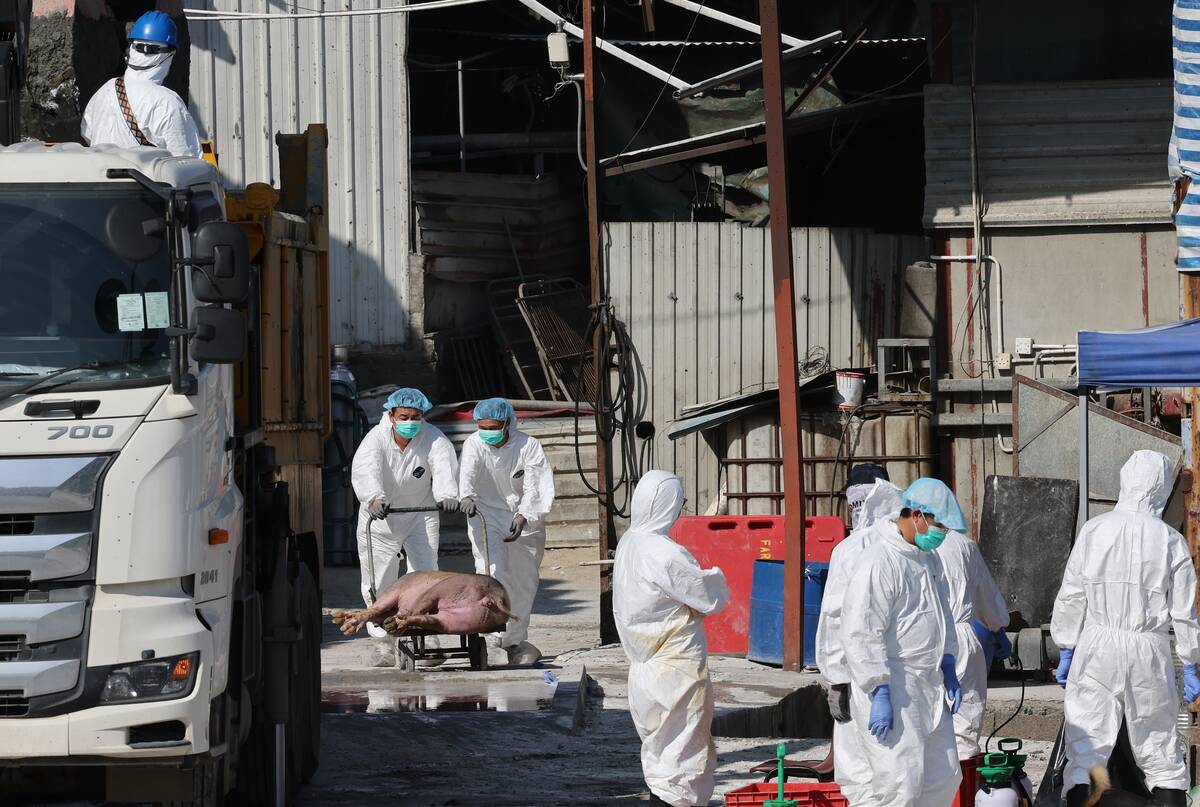RED DEER, Alta. – All the promotion dollars spent talking up the quality of beef is a waste if people aren’t guaranteed their next steak will be tender, says Mabel Hamilton, chair of the Beef Information Centre.
There are many shoppers who don’t know the difference between a loin and round steak or who don’t understand trim, color or marbling, added the Innisfail cattle producer. And if they want some help at the meat counter, there likely is no one there to answer questions.
Those are just some of the issues the beef industry plans to address in an ambitious total quality management program.
Read Also

Mixed results on new African swine fever vaccine
The new African swine fever vaccine still has issues, but also gave researchers insight into how virus strain impacts protection against the deadly pig disease.
Proposals for industry-wide improvement were discussed during a session at the Alberta Cattle Commission meeting in Red Deer.
The plan is to ally producers with processors, retailers and the restaurant trade to improve what they say is already a good product. The goal in this “pasture to plate” program is to satisfy beef customers 95 percent of the time.
Customer satisfaction hovers around 70 percent now, said Dennis Laycraft, executive vice president of the Canadian Cattlemen’s Association.
“Consumers are far more demanding than ever before,” said Laycraft. “They can switch and they will switch.”
For instance, the pork industry has decided to become the “meat of choice” by 2000. Laycraft warned against scoffing at that ambition. “Look at what chicken has done.”
But achieving total quality is a huge task. Producer Doug Price from Acme, Alta. suggested separating a few areas for improvement.
“We need to identify what will have the biggest impact to change the system,” he said. Identifying tough carcasses right at the packer level and removing them from the line before they end up on someone’s plate would be a place to start.
“Those bad carcasses are costing the industry a lot of money … I don’t think 25 percent of those poor quality steaks are because of our cattle,” Price said, but due instead to poor handling, movement of animals and improper aging.
Genetics can also affect tenderness, which could force some breeders to take a critical look at their programs, said Laycraft.
New technology like DNA mapping could help cull animals that produce tough meat.















